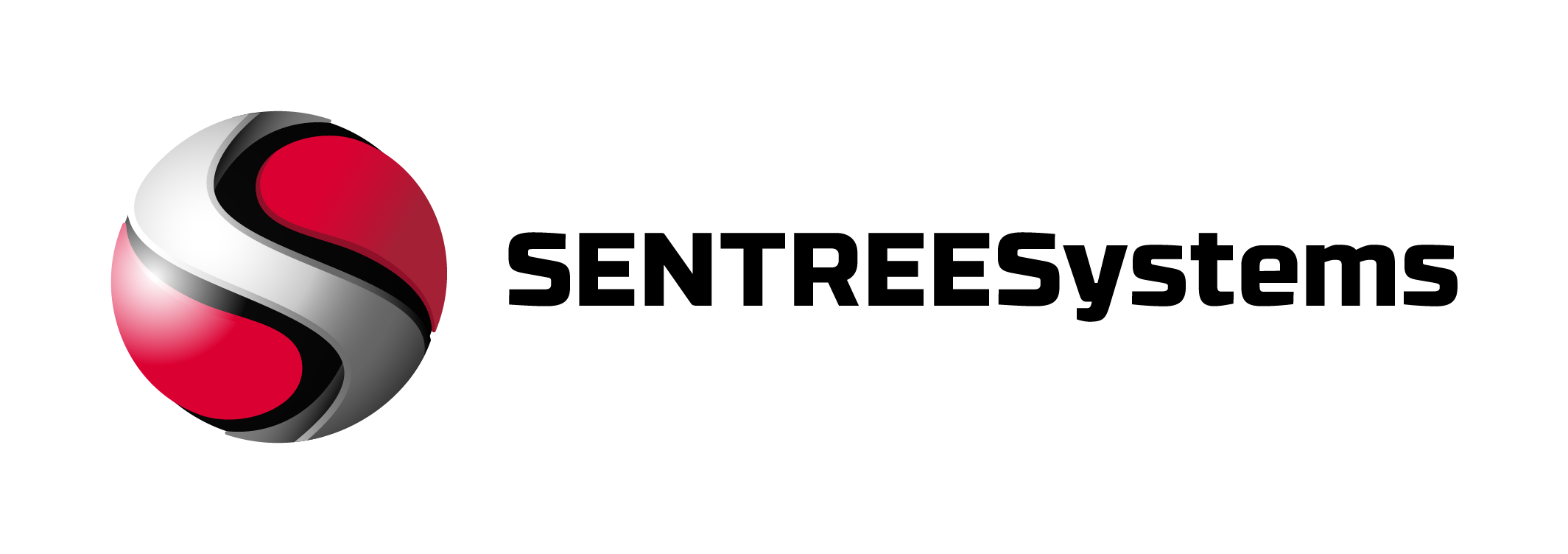Small businesses face overwhelming human error risks in cybersecurity, but AI-powered solutions now provide affordable automated protection.
Human error drives most cyberattacks targeting small and medium enterprises, with employees accidentally clicking malicious links, sharing credentials, or misconfiguring systems. AI cybersecurity solutions can dramatically reduce these ai human error sme incidents by automating threat detection, providing real-time behavioral analysis, and eliminating the need for constant human vigilance. Unlike traditional security tools that rely on signatures, AI systems learn normal behavior patterns and instantly flag anomalies that humans might miss.
Key Takeaways
- Deploy AI-powered email security to block phishing attempts before they reach employee inboxes
- Implement endpoint detection and response (EDR) systems that automatically isolate compromised devices
- Use behavioral analytics to identify unusual user activities without overwhelming security teams
- Choose cloud-based solutions that scale with your business and eliminate infrastructure costs
- Focus on integration between AI tools and existing security infrastructure
What Should Small Businesses Deploy First for AI Human Error SME Protection?
Start with AI-powered email security and endpoint detection, as these address the two most common attack vectors targeting human mistakes.
A 45-person accounting firm implemented AI email filtering after falling victim to a business email compromise attack. The system immediately began blocking sophisticated phishing attempts that appeared legitimate to employees, including CEO impersonation emails requesting urgent wire transfers. Within six months, the firm avoided three separate social engineering attempts worth over $200,000 in potential losses.
Over the past decade, I’ve helped hundreds of small businesses implement AI cybersecurity solutions, from 10-person law firms to 200-employee manufacturers.
Understanding AI Human Error SME Technology Options
EDR vs XDR
Endpoint Detection and Response (EDR) monitors individual devices like laptops and servers for malicious behavior. Extended Detection and Response (XDR) correlates signals across endpoints, email, and network traffic for broader threat visibility. SMEs typically start with EDR, then consider XDR as they grow.
UEBA Systems
User and Entity Behavior Analytics (UEBA) establishes baseline patterns for how employees access systems and data. When someone suddenly downloads large files at midnight or accesses unfamiliar applications, UEBA triggers alerts without requiring signature updates.
SIEM/SOAR vs MDR/MSSP
Security Information and Event Management (SIEM) and Security Orchestration (SOAR) platforms require internal expertise to manage effectively. Managed Detection and Response (MDR) and Managed Security Service Providers (MSSP) handle monitoring and response externally, making them more practical for resource-constrained SMEs.
NIST Framework Alignment
Identify: Asset inventory and risk assessment. Protect: Access controls and awareness training. Detect: Anomaly monitoring and malware detection. Respond: Incident response and communications. Recover: Recovery planning and improvements. For healthcare organizations, these controls support HIPAA Security Rule requirements for administrative, physical, and technical safeguards.
AI Security Solution Comparison for SMBs
| Control | What it does | Notes for SMBs |
|---|---|---|
| AI email security | URL scanning, attachment analysis, impersonation detection | Essential first step; blocks most phishing |
| Endpoint (EDR) | Process monitoring, automatic isolation, forensic analysis | Critical for detecting malware and insider threats |
| XDR platform | Cross-system correlation, unified incident view | Best for businesses with multiple security tools |
| Network analytics | Traffic pattern analysis, lateral movement detection | Valuable but not essential for basic protection |
| MDR service | 24/7 monitoring, expert threat hunting, response | Ideal for businesses without internal security staff |
How Much Does AI Cybersecurity Cost for a 25–50 Person Team?
Most SMBs can expect to spend between $150-400 per employee annually for comprehensive AI-powered security protection.
- Email security: $2-8 per user monthly for AI-powered anti-phishing
- Endpoint protection: $5-15 per user monthly for EDR with behavioral analysis
- Network monitoring: $500-2,000 monthly for AI-driven traffic analysis
- MDR services: $2,000-8,000 monthly depending on scope and response level
Calculate ROI by measuring faster threat detection, reduced incident response time, and prevented business disruption. CISA provides free assessment tools to help establish baseline security metrics. The FTC’s small business cybersecurity guidance offers additional cost-benefit analysis frameworks.
Implementation Strategy for AI Human Error SME Solutions
Phase 1: Core Protection
Deploy email security first, as phishing remains the primary attack vector. Choose solutions that integrate with existing email platforms and provide user-friendly reporting. **Enable multi-factor authentication** across all business applications to reduce credential theft impact.
Phase 2: Endpoint Monitoring
Install EDR on critical systems, starting with servers and administrator workstations. Configure automatic response actions like network isolation for high-confidence threats. **Test incident response procedures** monthly to ensure systems work as expected.
Phase 3: Behavioral Analytics
Add UEBA capabilities to identify insider threats and compromised accounts. Focus on monitoring access to sensitive data and unusual after-hours activity. **Tune alert thresholds** based on business operations to minimize false positives.
Common AI Security Implementation Challenges
Alert Fatigue
AI systems can generate hundreds of daily alerts if not properly configured. **Start with high-confidence detections only**, gradually expanding monitoring scope as your team develops response capabilities. Consider MDR services if internal resources are limited.
Integration Complexity
Legacy systems may not integrate seamlessly with modern AI security tools. **Prioritize solutions with robust APIs** and vendor-provided integration support. Cloud-based deployments typically offer better compatibility than on-premises installations.
Skills Gap
Many SMBs lack cybersecurity expertise to manage AI tools effectively. **Partner with managed service providers** who specialize in small business security. Look for providers offering security awareness training alongside technical monitoring.
Measuring AI Security Effectiveness
Key Performance Indicators
Track mean time to detection (MTTD) for security incidents. AI-powered systems should identify threats within minutes rather than days. **Monitor blocked threats** including phishing emails, malicious downloads, and suspicious network connections.
Business Impact Metrics
Measure prevented downtime from ransomware and other attacks. Calculate avoided costs from business email compromise attempts and credential theft incidents. **Document compliance improvements** for insurance and regulatory requirements.
Future Considerations for AI Human Error SME Protection
Evolving Threat Landscape
Attackers increasingly use AI to generate more convincing phishing emails and social engineering attacks. **Choose security solutions that continuously learn** from new attack patterns rather than relying on static rules.
Regulatory Requirements
Various industries face growing cybersecurity compliance mandates. **Select AI tools that provide audit trails** and documentation needed for regulatory reporting. Consider solutions that support specific frameworks like SOC 2 or ISO 27001.
Conclusion
AI human error sme solutions provide small businesses with enterprise-grade protection against the costly mistakes that drive most cyberattacks. By automating threat detection and response, these tools eliminate the need for constant human vigilance while dramatically reducing the risk of successful social engineering attacks. **Start with email security and endpoint protection**, then expand based on your organization’s specific risk profile and growth trajectory.
Frequently Asked Questions
What’s the minimum team size that benefits from AI cybersecurity tools?
Even single-person businesses benefit from AI email security, while ai human error sme solutions become essential for teams of five or more employees. The increased attack surface and communication complexity make automated protection cost-effective at small scales.
How quickly can AI security systems be deployed?
Cloud-based email security typically deploys within hours, while endpoint solutions require 1-2 weeks for full rollout. Network monitoring and behavioral analytics may take 2-4 weeks to establish baseline patterns and tune detection thresholds.
Do AI security tools replace the need for employee training?
No, but they significantly reduce training burden by automatically blocking threats before they reach employees. Focus training on recognizing social engineering tactics and proper incident reporting rather than technical threat identification.
What happens if AI systems generate false positive alerts?
Modern AI security tools learn from feedback to reduce false positives over time. Start with conservative settings and gradually increase sensitivity as the system learns your business patterns. MDR services can help manage alert triage during initial deployment.
Can small businesses afford enterprise-grade AI security?
Cloud-based SaaS models have made sophisticated AI security accessible to businesses of all sizes. Many solutions scale pricing based on employee count, making them affordable for growing organizations while providing enterprise-level protection capabilities.
How do I know if my current security is adequate?
Conduct regular phishing simulations and vulnerability assessments to identify gaps. If employees regularly fall for test phishing emails or you’re managing security reactively rather than proactively, AI-powered automation can significantly improve your posture.
What’s the difference between free and paid AI security tools?
Free tools typically offer basic protection with limited customization and support. Paid solutions provide advanced behavioral analysis, integration capabilities, compliance reporting, and dedicated support needed for business environments.



